Cambodia Sanitation
iDE Cambodia has been a leader in achieving market-based sanitation at scale, a watershed for design, a dedicated resource for research and testing, and an example of what can be achieved through the right combination of sales, marketing, and management.
Overview
In less than a decade, iDE Cambodia has facilitated more than 300,000 improved latrine purchases through designing new, affordable, aspirational products, creating a robust supply chain, and managing an effective marketing and sales team.

The evolution of sanitation marketing
The right product, energized businesses, and an innovative sales and marketing strategy combine to scale.
Research
User-centered research gets to the heart of the market, enabling iDE to move beyond mere functionality to design products and services that meet customer needs and aspirations.

How to deal with full latrine pits
Fecal sludge management is an issue for rural households in the years following a first latrine purchase.

Removing barriers to immediate installation and use
Identifying the cause of delayed latrine use, and changing tactics to address the need for shelters.

Behavior change requires time and effort
Intensive customer engagement is needed for effective promotions.
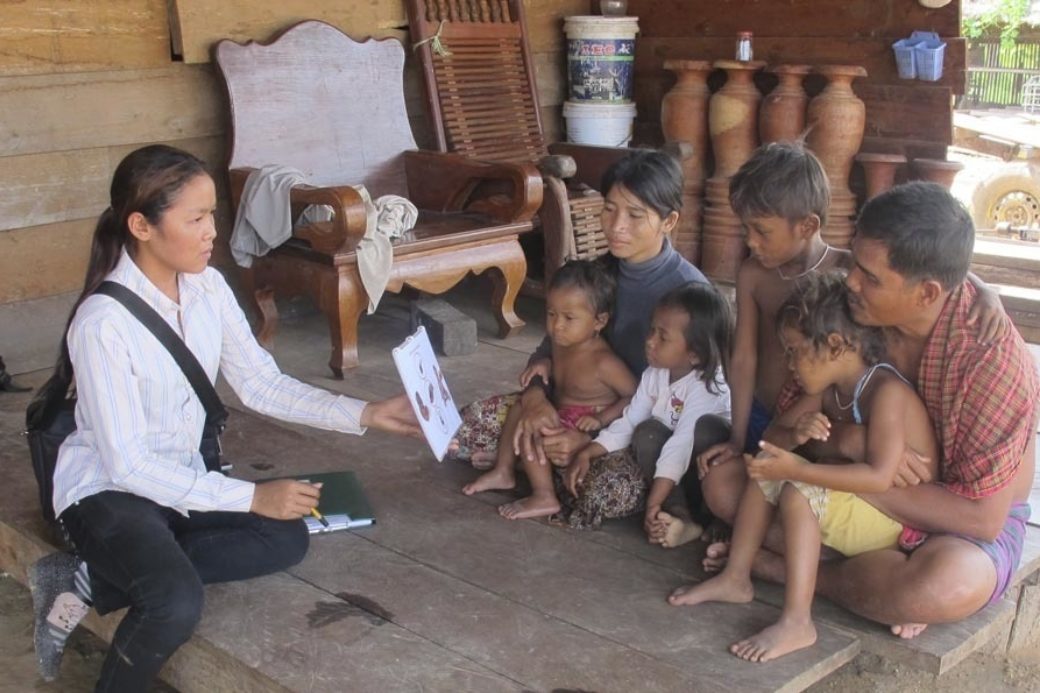
In-depth interviews reveal what consumers want and need
Prior to product design, talk to market actors—consumers, manufacturers, supply chain—to find out their challenges and desires.
Design
iDE Cambodia’s use of human-centered design and emphasis on continuous improvement has allowed the program to design, refine, and adapt products as the sanitation market evolves.

Designing and commercializing a hand washing device
Affordability remains a key issue for uptake of hand washing products connected to latrine shelters.

Designing and commercializing a hand washing device
Affordability remains a key issue for uptake of hand washing products connected to latrine shelters.
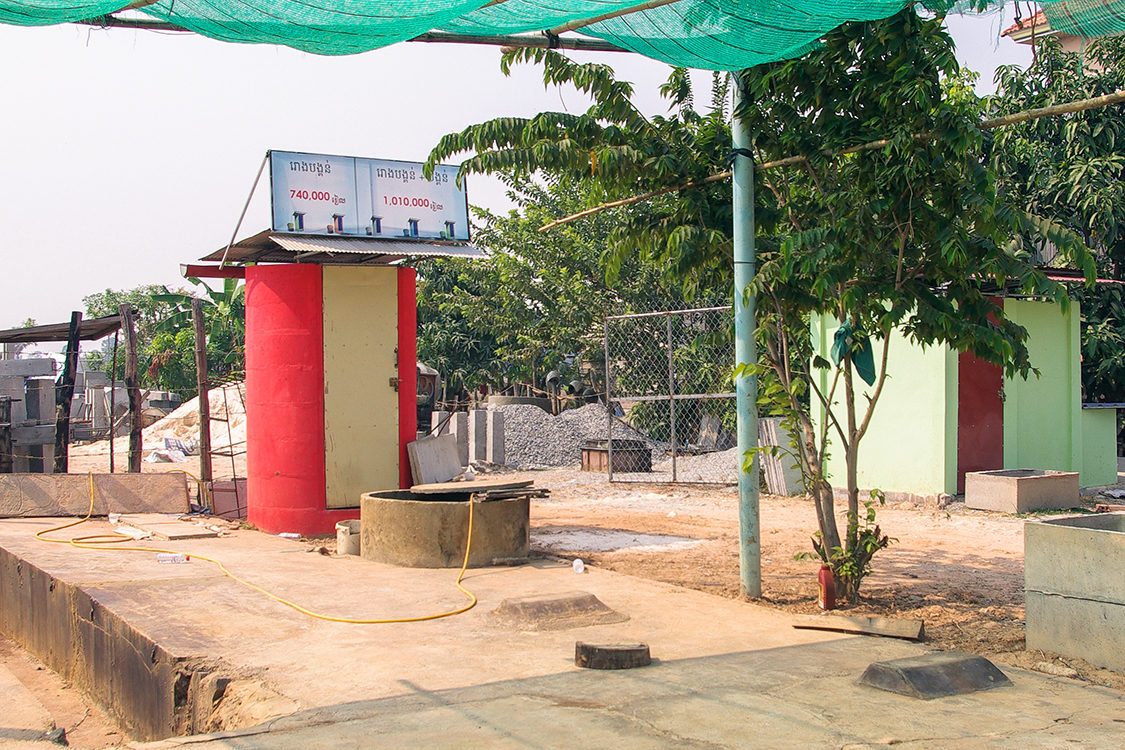
Low-cost shelters speed behavior change
By designing lower-cost shelters, iDE hopes to accelerate latrine use in rural locations.
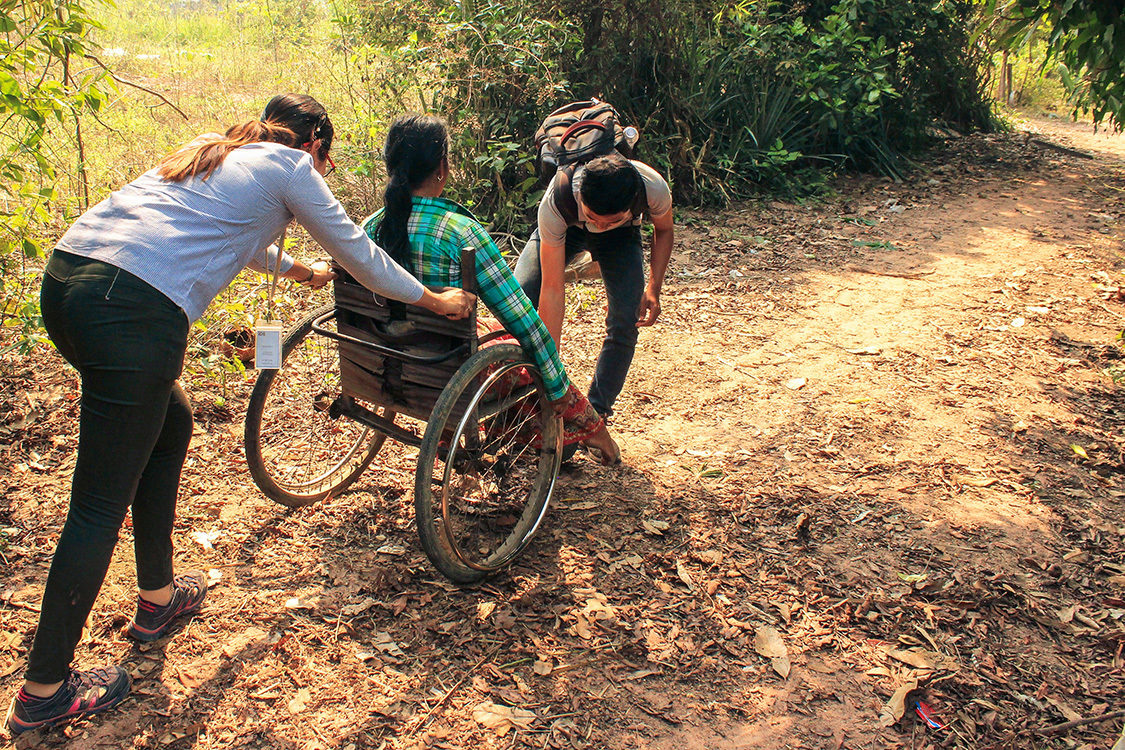
Designing accessible latrines
Learning how to accommodate disabilities while maintaining cost efficiency.

Designing the Easy Latrine
How to create an affordable, attractive product that poor households want to buy and use.
Supply Chain
It is critical to foster sustainable business to manufacture and install improved sanitation products to meet the needs and aspirations of rural households.

Building sustainable latrine businesses
As the market matures, how do latrine businesses evolve to remain profitable?

Linking the supply chain together
Leverage existing networks and building new connections with market actors to support latrine coverage goals.

Understanding opportunity cost for latrine suppliers
Determining the right price: affordable for consumers and profit-motivating for manufacturers.
Sales
A dedicated and well-trained sales and marketing team is necessary to facilitate the drive to 100% latrine coverage.

Capturing latrine sales and delivery data
Robust data collection takes time and effort, but pays off in better understanding a changing market.

Professionalizing the sales force
A well-trained sales force and a standardized selling, training, and coaching process is critical for rapid uptake by households and replication in new locations.
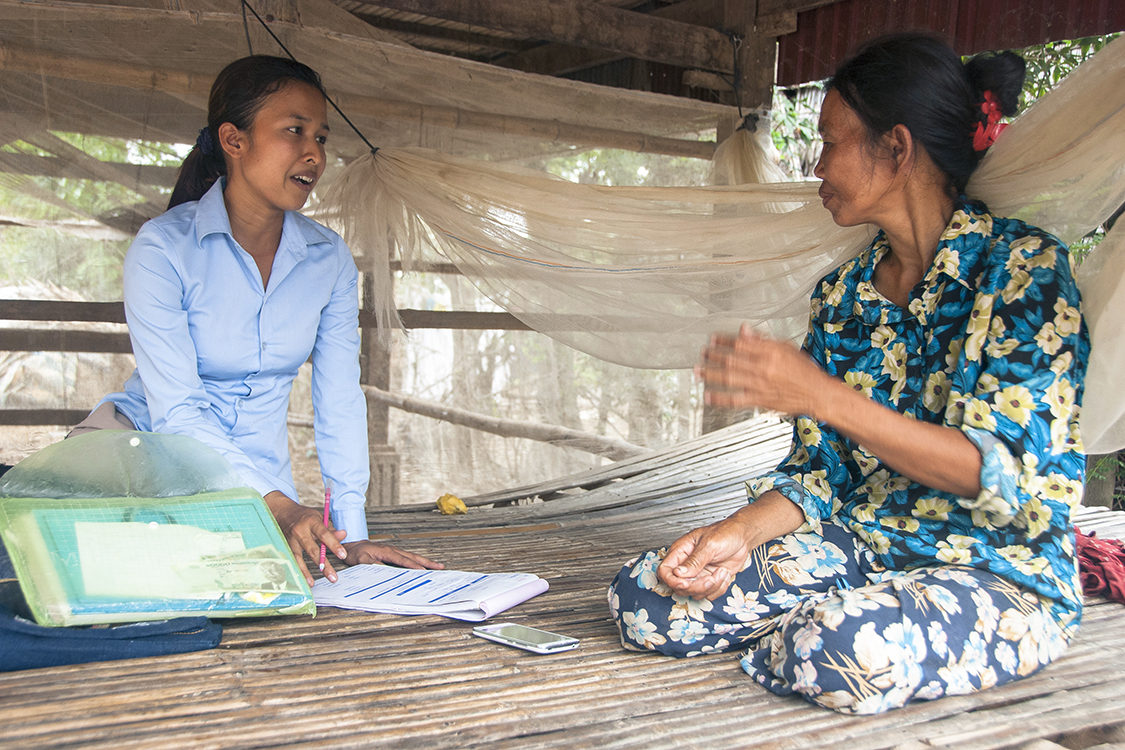
Building an effective sanitation sales team
Sales agents are the front-line to achieve sanitation uptake and behavior change.

Developing effective sanitation sales techniques
Professional sales techniques and tools that respond to market changes result in accelerated sales.

A sweeping sales strategy
Multiple visits to villages builds sales through targeted marketing.
Finance
For the poorest populations, creative financial solutions may be necessary to enable them to afford a latrine.

Reaching the poor through targeted subsidies
There is compelling evidence for the impact and cost-effectiveness of well-targeted subsidies on latrine uptake among lower-income households in a market-based approach.

Clients need finance options
Most poor households cannot afford to pay for a latrine in full on delivery, but finance options are rarely available to them.
Management
iDE investments in management tools provide invaluable data and support rapid decision-making, enabling the program to adapt and deliver results at scale under changing conditions.

Adaptive program management
The development approach should be adapted over time to find the most effective way to reach objectives based on experience.

A new way to increase supply
Addressing volatility in the supply chain through better management using real-time data.
Impact
iDE’s market-based approach to sanitation has had lasting impact on latrine coverage and diarrheal diseases in project areas.
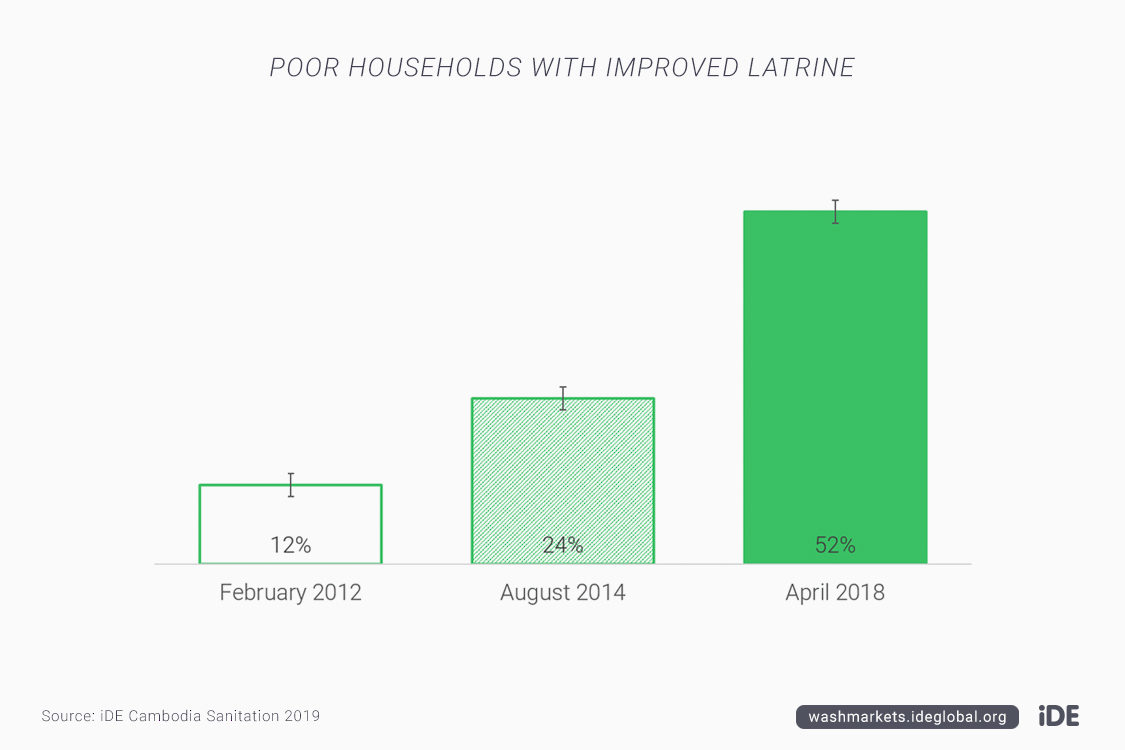
Reaching the poor with sanitation
The last mile of the sanitation market includes the poorest households.

Users are satisfied with their latrine buying experience
Overall satisfaction with sanitation marketing bodes well for continued successful intervention.

Finance and subsidies
Financial options for rural households, especially poorer ones, can speed uptake considerably.

Market-based sanitation reduces diarrheal disease in rural Cambodia
While sales are important, it’s the actual use of latrines that improves people’s lives.

Selling latrines at scale
Market-based programming has moved the needle for improved sanitation in relative and absolute terms.